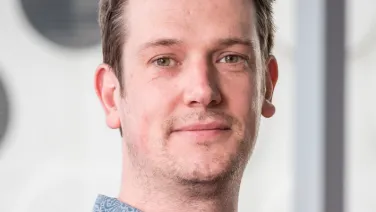
RSAA Colloquium: Dillon Dong (NRAO Socorro)
What can we learn from the vast diversity in radio supernovae?
Speakers
Event series
Content navigation
Description

What can we learn from the vast diversity in radio supernovae?
Radio supernovae span over 3 orders of magnitude in evolutionary timescale and 10 orders of magnitude in peak luminosity. This immense parameter space reflects the diversity in massive star evolution and the mysterious microphysics of relativistic particle acceleration. The highest luminosity explosions point to jets launched by powerful central engines and/or extreme mass loss in a star’s final centuries, while the lowest luminosity events indicate tenuous winds, low explosion energies, and/or the limits of particle acceleration. In this talk, I will highlight the luminosity extremes from both an observational and theoretical point of view. For high-luminosity events, I will show how we are data mining modern sky surveys to find statistical samples of luminous, long-duration explosions, and will discuss the evidence for binary-driven mass loss as their power source. For low-luminosity events, I'll go on a deep dive into SN 1181, the least radio-luminous supernova ever observed, discussing how it and similar remnants can help test theories of particle acceleration. I'll conclude with some prospects for next-generation radio facilities, and some thoughts on how the diversity in radio supernovae might lead us toward a more nuanced understanding of stars, shocks, and their feedback on the surrounding ISM.
Location
Duffield Lecture Theatre or ZOOM

